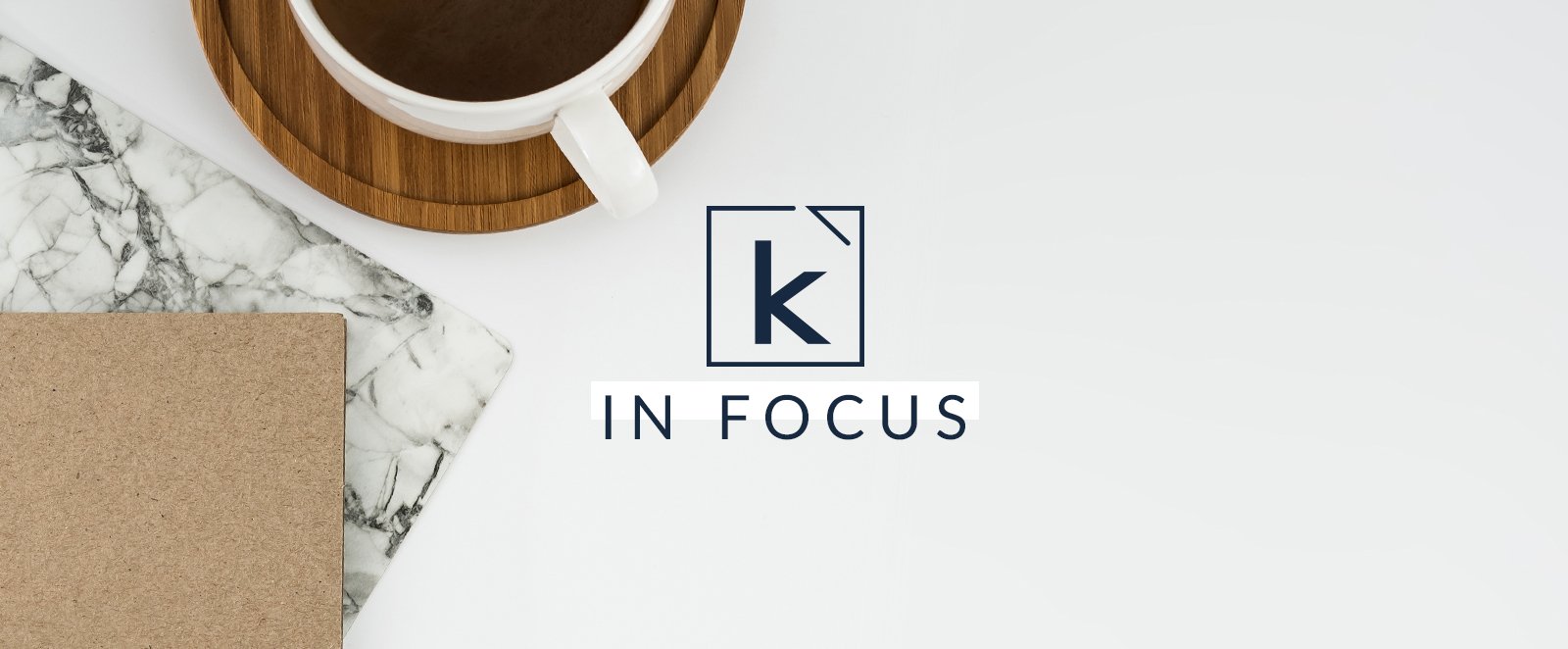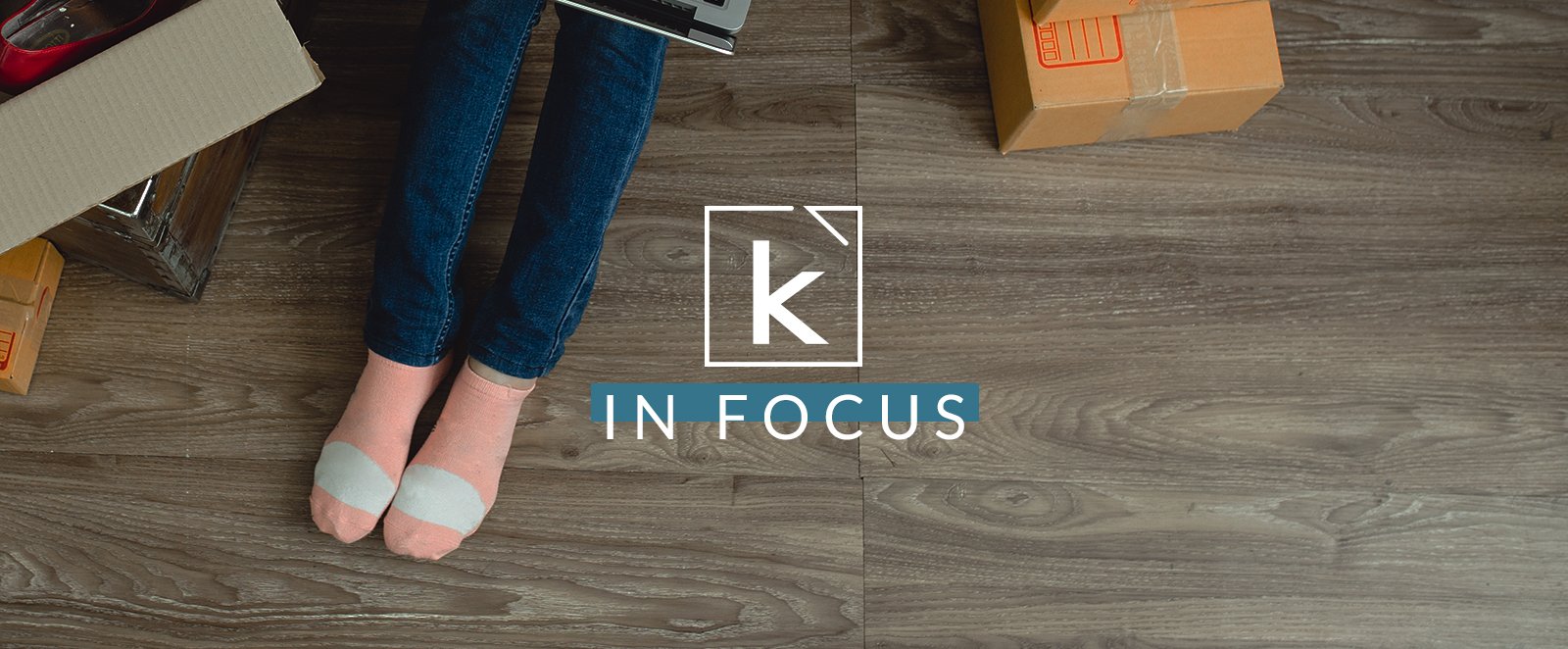
Even though last year was challenging on many levels, we here at Kreber have been asking ourselves (and our clients) to pause and reflect on what we learned last year, and to focus on what worked well. What we’ve seen across the board, no matter the industry or sales category we’ve worked with? Being the best at the basics is a good place to return your focus when external events are, shall we say, uncertain.
Part of this requires a sober look at how, even though we’re in a new year, many effects of 2020 will linger. The challenges of COVID-19 and the economy have changed the way we live, and it may adjust the way you relate to your audiences, from the positioning of a product down to the specific messaging you use (like how brands did this during the 2020 Back to Campus event).
Consider these startling facts:
More Young Adults Now Live with Their Parents Than Don’t
As of July 2020, more young adults aged 18-29 were living with their parents than living alone or with roommates—52% of them, Pew says. That development crossed all boundaries: urban and rural, for all major racial and ethnic groups.
Job Losses & Lost Wages
About 40% of U.S. adults lost a job or lost wages last year, due to COVID-19 and the economy. All income levels, all education levels, all ages, and all major racial and ethnic groups have been impacted, Pew says.
What You Can Do Now
In this time of intense change, being the best at the basics can help you navigate the rough waters we’re still in. Whether you’re a brand that sells through retail or a brand that sells direct on your website or Amazon, now is the time to get your house in order and to build a foundation for future success.
Here are 3 solutions that helped our clients experience growth in an otherwise rocky year last year.
1. Enhanced Product Content (EPC)
Many of our clients that sell online and at brick-and-mortar stores have seen their revenue model flipped, with the majority of revenue coming through ecommerce channels last year.
If this is true for you, it’s time to get honest. How good is your EPC (the images, graphics, video, and copy that help customers make good online buying decisions)? Does your content anticipate customers’ questions and answer them? Is it telling stories, not just about your products but about your brand?
If not, now is the time to get that into shape. Amazon says if you have good EPC, you can expect a sales lift of up to 10%. Syndigo, a platform that pushes out content to retail sites, sees even better results: an increase in conversion of 12%-36% and up to 400% more page engagement.
If you want a crash course in what to do with your content, check out the video series we did last year, as so many of you were coming to us with questions about this crucial area. (And always feel free to reach out to learn more about our efficient approach to building EPC.)
2. Content at Scale
You’re probably already reaching and engaging customers with your content.
You probably know that more content would help you market your products better, but just how much? Trust us: it’s more than you think. To fill your daily social media posts, emails, website graphics, and more (hello, B2B sales materials), we’re talking about hundreds of assets each month.
We’re here to tell you: you can fill the tank with great content to fuel your marketing success.
Our top tip for producing content at scale (images, videos, and other assets) is planning. One tool that we find indispensable is an Omnichannel Content Plan, which is a bottom-up approach that anticipates all of the channels you’ll need to fill and creates a roadmap for how to capture all of the content.
It’s not just new assets, either. You’ll want to start by repurposing the assets you already have, and see how far that can get you, based on what you need.
This kind of plan helps you do more with less. You’re able to maximize a creative team’s time and get the most out of your investment in new content. Plus, the output (all the things you’ll create) will be much more cohesive and strategic.
3. Seasonal Planning
A good seasonal plan aligns your internal and external teams and produces can’t-miss events that customers will find compelling.
At its simplest, a seasonal plan is a strategic and creative process that drives retail sales by arranging and building out promotional events throughout the calendar year. Of course, the big box retailers do this well (in fact, they invented it), but in a recent audit, we found many smaller companies and brands doing it well too, just on a smaller scale (having monthly areas of focus, rather than weekly, for instance).
This means you don’t have to over-engineer your editorial calendar. If you have one big overarching event per quarter, with fewer creative refreshes, that’s fine! The goal is to align with what’s on customers’ minds and to show them how your product fits into their lifestyle. You might try doing less this year, but doing it better, to see how that works for you.
Keeping it simple, driving excitement, and putting your best foot forward with great content, led by a thoughtful plan, are all best practices at any time. But now, we think these are three core practices that can help you get through 2021 and help customers thrive, when they just might need it most.

.png?width=100&height=100&name=KC_Headshot%20(1).png)

